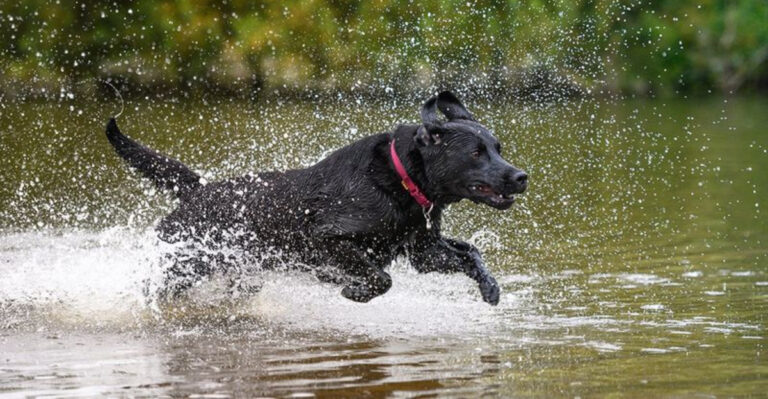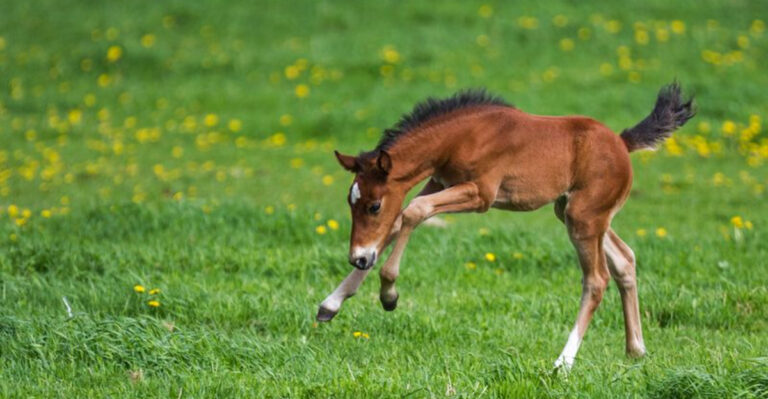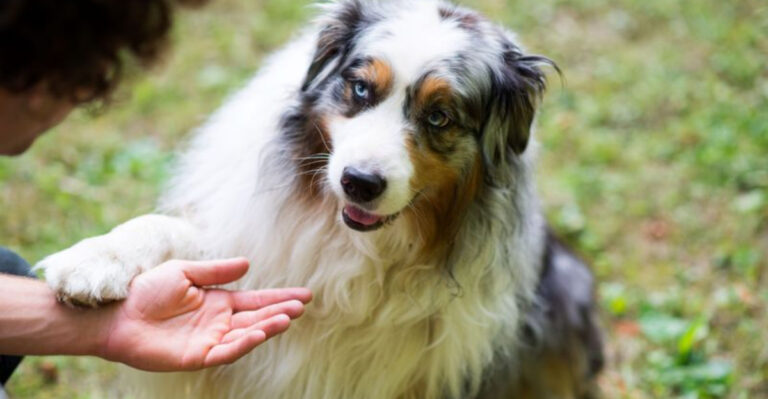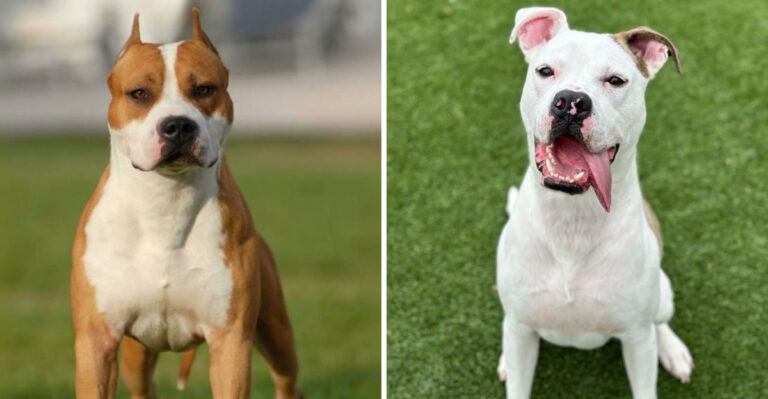15 Signs Your Dog Is Picking Up On Your Stress (And How To Help Them)

Our furry friends are incredibly intuitive, often sensing our emotions before we’ve even fully processed them ourselves.
Dogs have evolved alongside humans for thousands of years, developing an uncanny ability to read our body language, facial expressions, and even detect chemical changes in our bodies when we’re stressed.
When you’re feeling overwhelmed, your four-legged companion might be silently suffering too – but they show it in ways that are easy to miss if you don’t know what to look for.
1. Excessive Panting Without Physical Exertion
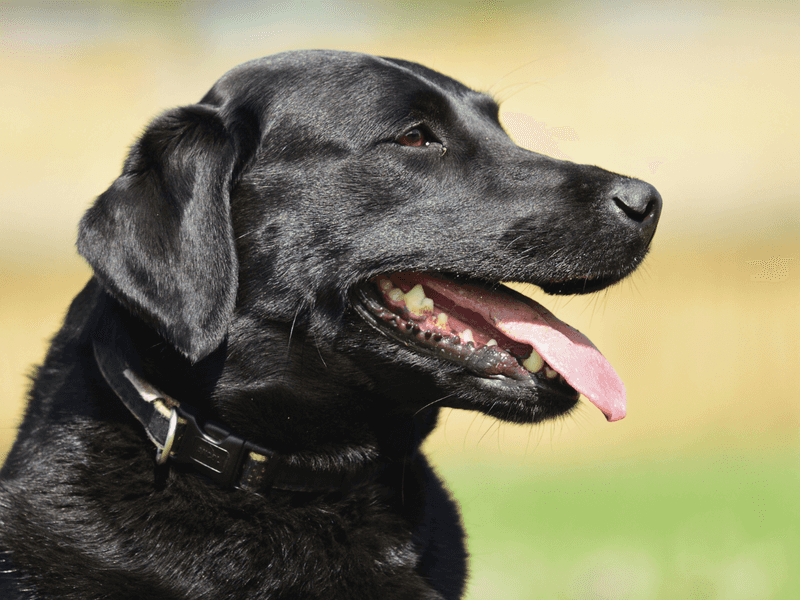
Your pup’s breathing pattern speaks volumes about their emotional state. When a dog pants heavily despite cool temperatures and no recent exercise, they might be responding to your anxiety.
This stress response mimics what happens in their bodies during physical exertion – increased heart rate and breathing to cope with perceived danger.
Try creating a quiet, cool space for your dog to retreat to, and practice deep breathing exercises together – your calmer breathing will help regulate theirs too.
2. Unusual Clinginess Or Shadowing
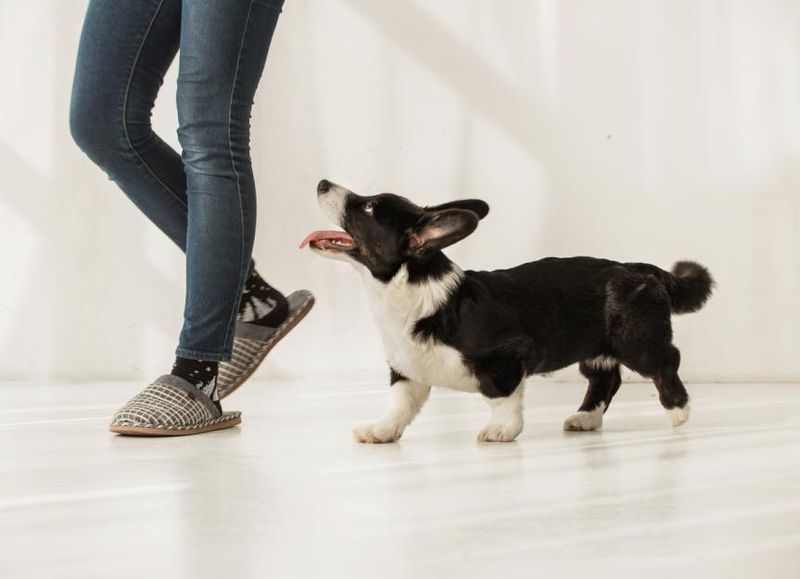
Suddenly your personal space has vanished! Your normally independent dog now follows you from room to room like your shadow. This behavior stems from their instinct to stay close to their pack during uncertain times.
Your stress signals tell them something might be wrong, so they stick close for safety and reassurance.
Help your velcro dog by establishing a predictable routine and setting aside dedicated cuddle time. Having scheduled moments of connection helps them feel secure even when you’re stressed.
3. Reduced Appetite Or Food Refusal
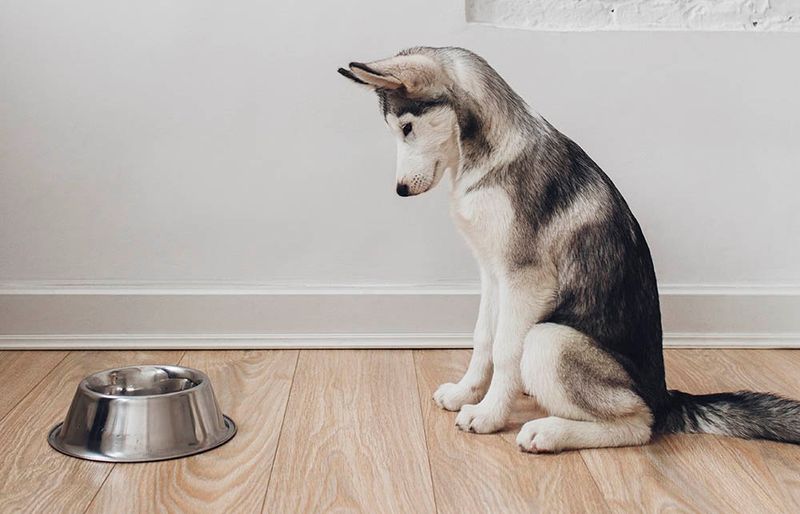
Has your chow hound suddenly become picky? Stress affects canine digestion just like ours. When your dog senses your tension, their appetite often diminishes as their body prepares for potential danger rather than digestion.
Food becomes secondary when they’re monitoring your distress. Try feeding in a quiet location away from household stress. Sometimes hand-feeding small portions or adding a special topper can help. Most importantly, avoid hovering anxiously while they eat – your worry about their not eating creates a negative feedback loop.
4. Increased Grooming Or Licking

Notice your dog obsessively licking their paws or constantly grooming themselves? This self-soothing behavior works like our nail-biting or hair-twirling when anxious.
Dogs release endorphins when they lick, creating a temporary calming effect – but it can quickly become compulsive. Redirect this behavior with appropriate chew toys or puzzle feeders that provide positive mental stimulation.
Providing gentle massage or using a soft brush can also satisfy their need for comfort while strengthening your bond.
5. Hiding Or Seeking Unusual Spaces
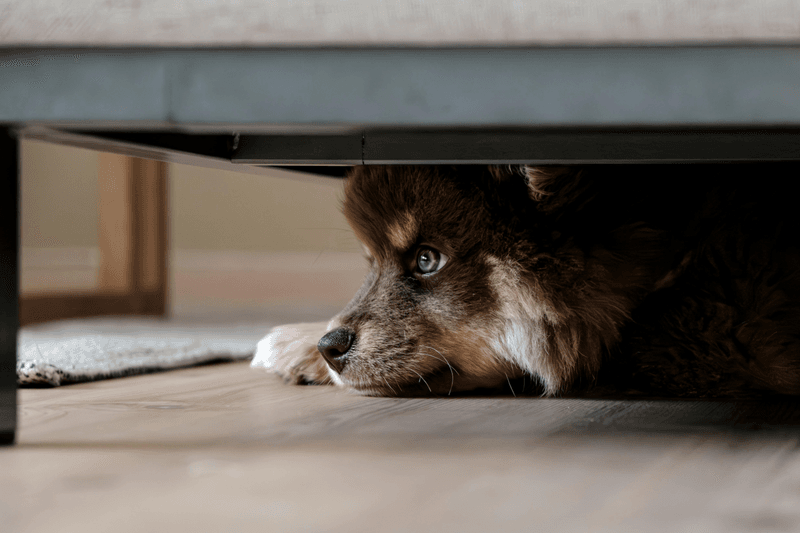
Finding your furry friend under the bed when they normally lounge in the living room? Dogs often retreat to small, enclosed spaces when feeling overwhelmed by your stress. These hideaways create a sense of security when their environment feels chaotic.
Rather than coaxing them out, respect their need for a safe zone. Create designated comfort spots with their favorite blanket or toy.
Consider using calming pheromone diffusers nearby to enhance these spaces. Sometimes the kindest thing is giving them space while you work through your own stress.
6. Unusual Barking Or Vocalization

Your typically quiet companion suddenly barking at seemingly nothing? High-pitched whines or unusual howls? These vocal changes often indicate your dog is picking up on your emotional state and feeling unsettled.
Dogs communicate distress through sound when they can’t resolve the tension they sense from you. Try engaging in a gentle play session to shift both your energies.
Speaking to them in soft, reassuring tones helps too. Sometimes a structured training session with familiar commands provides the certainty they crave during stressful times.
7. Destructive Chewing Or Digging

Coming home to find your shoes destroyed or the couch cushions eviscerated? Your stress might be triggering your dog’s destructive tendencies. This behavior isn’t spite – it’s anxiety relief through physical action.
The repetitive motion of chewing or digging releases tension and provides distraction from emotional discomfort. Provide appropriate outlets like sturdy chew toys or a designated digging area.
Exercise is crucial too – a tired dog has less energy for destruction. Consider puzzle toys that reward calm focus rather than frantic energy.
8. Tense Body Posture Or Trembling
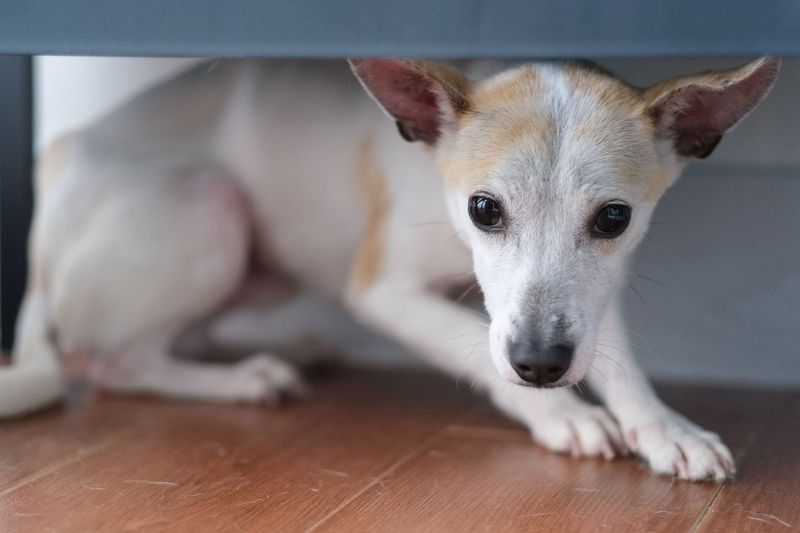
Your dog’s body language speaks volumes. Hunched shoulders, tucked tail, or visible trembling are clear indicators they’re absorbing your stress. These physical manifestations show their nervous system is on high alert, mirroring your own tension.
Gentle touch can help – try slow, rhythmic petting along their back or a gentle ear massage. Body wraps or anxiety vests provide comforting pressure that many dogs find soothing.
Physical contact releases oxytocin for both of you, creating a calming feedback loop that benefits your shared emotional state.
9. Excessive Shedding Or Dandruff

Finding more fur than usual on your furniture? Stress triggers physical responses in dogs that often include increased shedding and skin issues. The same stress hormones affecting your body impact your dog’s coat and skin health.
Regular brushing helps in multiple ways – removing loose fur, stimulating healthy oil production, and providing calming physical contact.
Consider adding omega fatty acid supplements to their diet for skin support. Most importantly, create a peaceful grooming routine that becomes a bonding ritual rather than another stressful experience.
10. Increased Sleep Or Lethargy
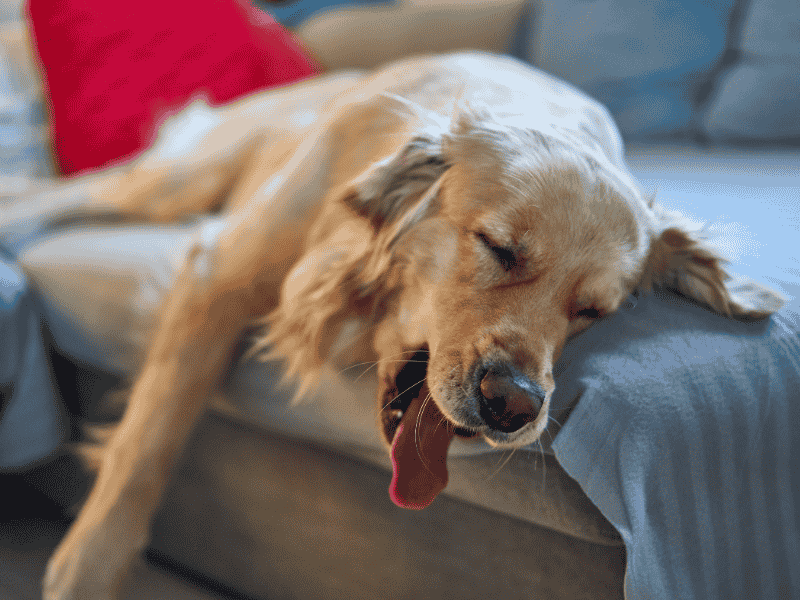
Has your energetic pup become a professional napper? Excessive sleep can be a canine coping mechanism for stress. Just as humans might withdraw when overwhelmed, dogs may retreat into sleep to escape emotional discomfort.
While respecting their need for rest, introduce gentle activity to their routine. Short, positive training sessions or calm walks can help regulate their mood without overwhelming them.
Creating predictable daily patterns provides security. Remember that your own self-care directly impacts their wellbeing – taking steps to manage your stress ultimately helps them too.
11. Bathroom Accidents Despite Training
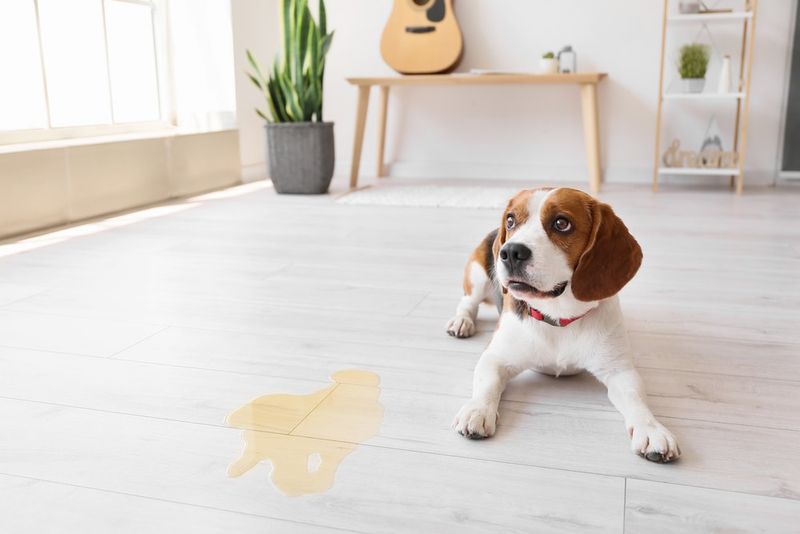
Your perfectly housetrained dog suddenly leaving surprises around the house? This regression often signals they’re picking up on your emotional turbulence. Stress affects their ability to maintain learned behaviors and control bodily functions.
Respond with patience, never punishment. Return to basics with positive reinforcement and regular bathroom breaks. Creating a consistent schedule helps restore their confidence.
Consider using enzymatic cleaners on accident spots to remove lingering scents that might trigger repeat behavior. Remember – these accidents are symptoms of their distress, not deliberate disobedience.
12. Changes In Drinking Habits
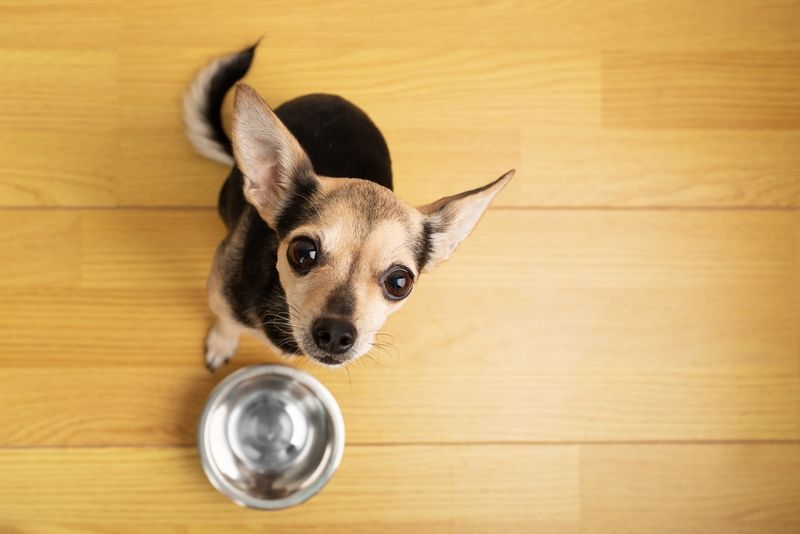
Noticed your dog suddenly gulping water excessively or avoiding their bowl entirely? Stress alters their natural thirst patterns just as it does in humans. Anxiety can trigger excessive thirst or cause them to forget basic needs like hydration.
Monitor intake without hovering anxiously. Try placing multiple water stations around your home so they can drink without feeling vulnerable. Some dogs prefer running water when stressed – consider a pet fountain.
Always consult your vet if changes persist, as this could indicate underlying medical issues that stress might be exacerbating.
13. Excessive Yawning Or Lip Licking
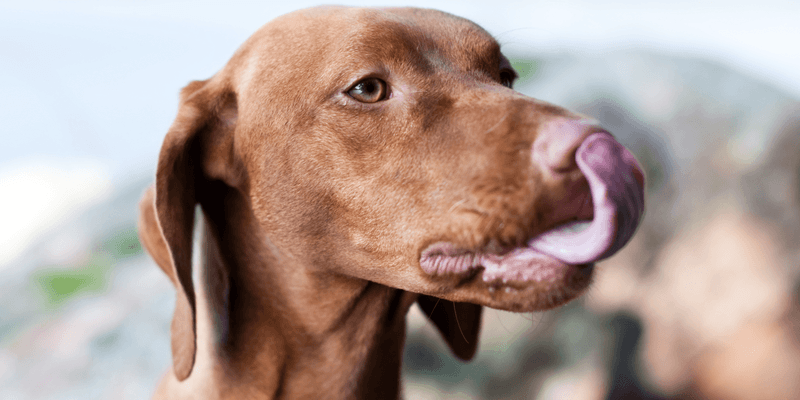
Those big yawns might not indicate tiredness! Frequent yawning, lip licking, or excessive drooling are subtle canine stress signals often missed by owners. These displacement behaviors help dogs self-regulate when feeling uncomfortable.
Pay attention to when these behaviors occur – they’re valuable communication about what’s triggering their anxiety. Create a calm-down cue word paired with treats to help them reset when stressed.
Massage around their ears and jawline can release tension in these areas. Sometimes simply acknowledging their discomfort with gentle words helps them feel understood.
14. Decreased Interest In Play Or Walks

When your ball-obsessed buddy suddenly ignores their favorite toy or seems reluctant during walks, they’re likely responding to your emotional state. Dogs naturally mirror our energy levels, and your stress dampens their enthusiasm for activities they normally enjoy.
Try shorter, more frequent play sessions with guaranteed success. Incorporate scent work into your routine – sniffing activities naturally lower stress hormones in dogs.
Consider gentle, no-pressure activities like simply sitting together outdoors. Sometimes the pressure to have “fun” creates more stress – allow space for quiet companionship too.
15. Resource Guarding Or Possessiveness

Has your normally generous dog started growling over toys or food? Increased resource guarding often emerges when dogs feel environmental instability. Your stress signals potential scarcity or danger in their world.
Address this by creating abundance – multiple toys, feeding in a quiet space, and predictable routines around valuable resources. Never punish guarding behavior as this confirms their fears.
Instead, practice trading games with low-value items, gradually building trust with higher-value possessions. Professional help is recommended if guarding behavior escalates to ensure everyone’s safety.


